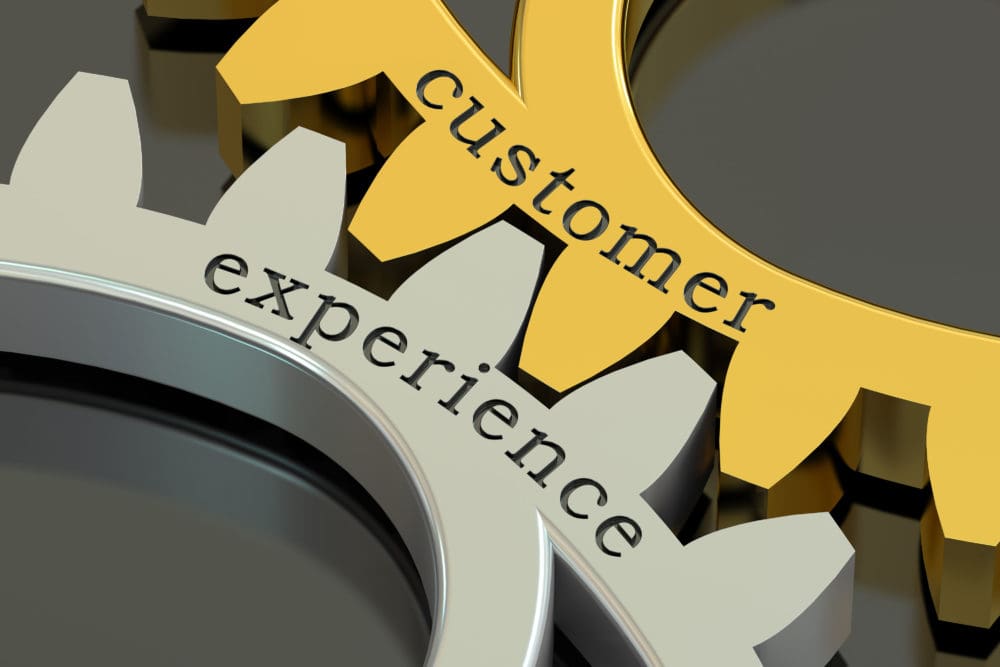The New Success Metric: Return on Experience

The New Success Metric: Return on Experience
Many companies look at their return on investment to determine whether they’re successful. However, this approach ignores the reality of the modern business world. Experience is the new marketing currency, with the customer experience poised to be the main competitive differentiator in 2020. It’s time for organizations to turn their attention to return on experience.
The Characteristics of a Quality Customer Experience
The form that the quality customer experience takes varies based on the company’s industry, but they share several essential traits.
- Context: Make sure that the experience fits the customer’s context. They’re not going to respond well to a loud pop-up restaurant stall in the middle of a bookstore, but they would love a place where they can get hot tea on cold days.
- Consistency: The customer doesn’t want to face changing policies, environments or other disruptions in a seamless experience. The company needs to offer consistency at every touch point. Everything from the verbiage in emails to the style of a storefront should create a cohesive whole.
- Empowered front-line staff: The staff that handles customers on a daily basis should not be held back by rigid policies that get in the way of the customer experience. They should have the flexibility to adapt to unexpected situations and give the customer a story that they’re happy to share with their social circles. The training that the front-line staff receives should prepare them to adapt to the situation at hand and offer a variety of tools to help out a buyer.
- Clear expectations: Quality customer experience is not a “customer is always right approach.” Some people will always demand more than is reasonable. Setting clear expectations with clients provides them with the information they need to understand what the company can and can’t do for them. When this information is stated upfront, there’s less ambiguity for all parties involved.
- Omni-channel: The customer journey takes place on many channels, and the experience must accommodate the varied paths.
- Personalized: Companies have many customer data points that are useful for offering personalized experiences, such as product recommendations.
Invest in Moments That Matter to Customers
Companies need to focus their investments where they will have the biggest impact on the customer’s overall experience. Businesses need to look at different metrics to discover the best opportunities, as previous decision-making is typically based on revenue generation.
Here are a few examples of companies identifying and addressing important parts in the customer journey.
- Parents head out to a quick-serve restaurant after a long day at work. They’re too tired to cook, so they pack their kids into the car. The business has a play area that enhances the overall experience, as the children get an entertaining place to play and the parents have some downtime. They will likely choose this establishment over others based on this addition.
- After a long red-eye flight, business travelers arrive at their hotel. They don’t have to stand in line at a check-in desk. Instead, the hotel staff uses a tablet-based system, so the guests start relaxing as soon as they come in the door. A staff member goes to the traveler, greets them with a drink and handles this process. That’s a far cry from the standard check-in experience that business travelers are often greeted with.
- Many airline companies cut amenities and nickel and dime customers for services that used to be included, such as free checked bags. Southwest Airlines saw an opportunity to stand out in an industry filled with unhappy customers. Their flight attendants are friendly, funny and a joy to be around. Flyers can take two carry-on bags and two checked bags for free, and additional bags have relatively low fees compared to other airlines.
Move From ROI to ROE
Businesses seeking to move from ROI to ROE need to adjust the key performance indicators that they use to determine whether strategies are successful. Here are several KPIs that help companies understand how well they’re doing on improving the customer experience:
- Customer survey scores: Net Promoter, customer satisfaction and customer effort scores are a few ways businesses can gain direct feedback from consumers about the experience. While these reviews are often limited in scope, the data they generate provides a good overall impression of whether a business is going in the right direction.
- Customer retention rate: Appropriate experience investments lead to better customer loyalty. Their overall lifetime value is lifted, and they’ll likely refer multiple people to the company over the length of the relationship.
- Customer advocacy: Brand ambassadors are so delighted by the customer experience that they’re actively talking about it in-person and on social networks. The top companies often have a large advocate population, which gives an indication of the strength of their ROE.
Companies will fall behind if they don’t start allocating sufficient budget to the customer experience. ROE is the most important success metric for a business that wants to stay competitive over the next five years. It also improves the bottom line, as delighted customers stick with the organization and bring in significant revenue.
